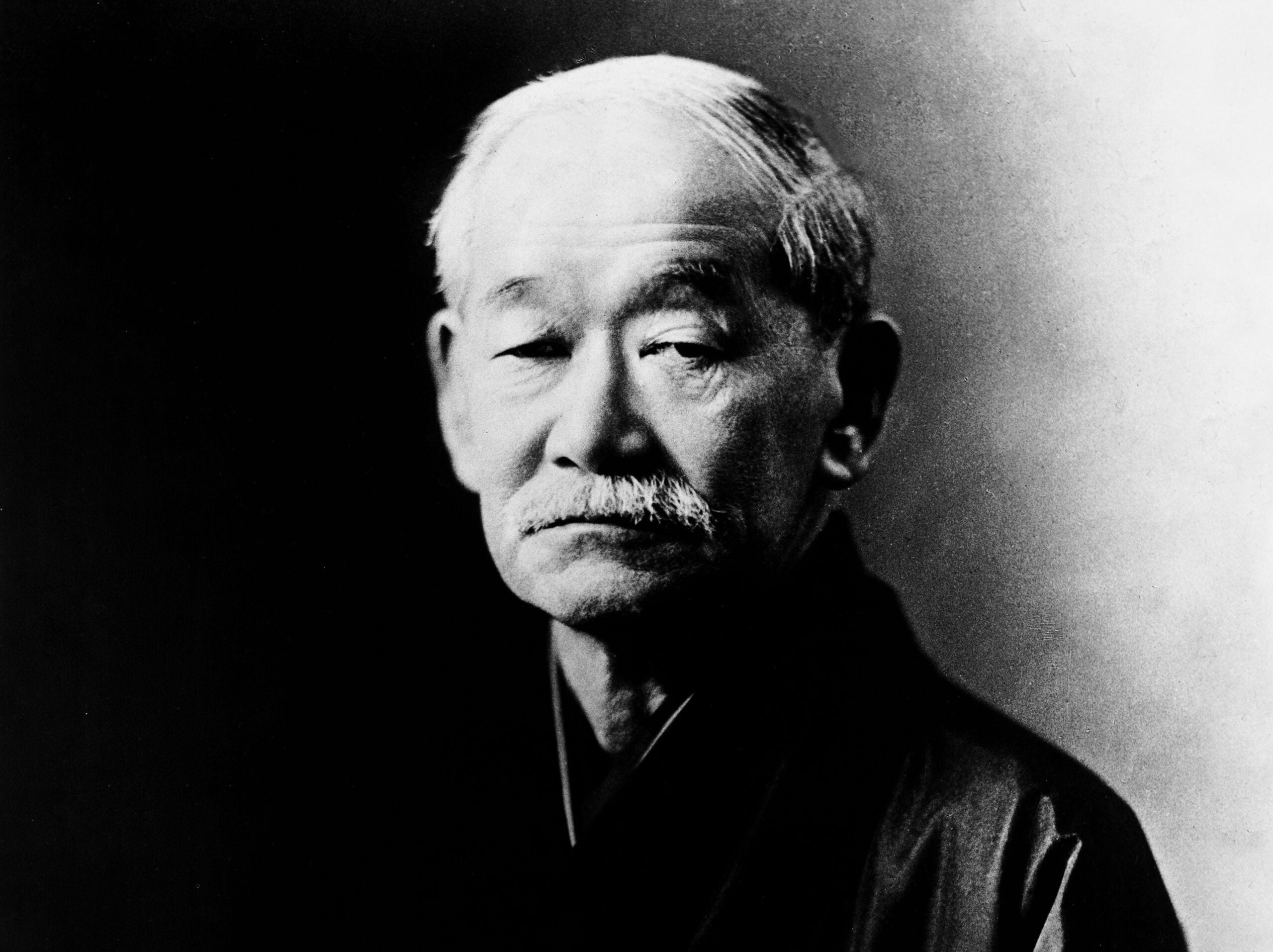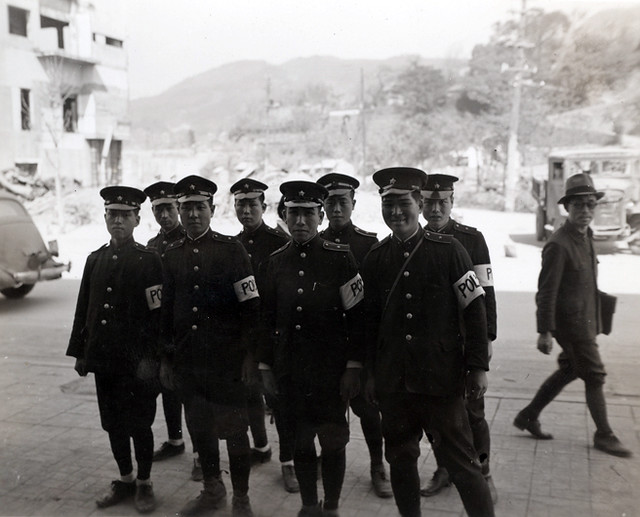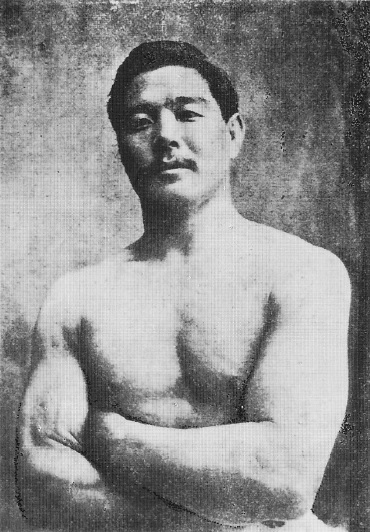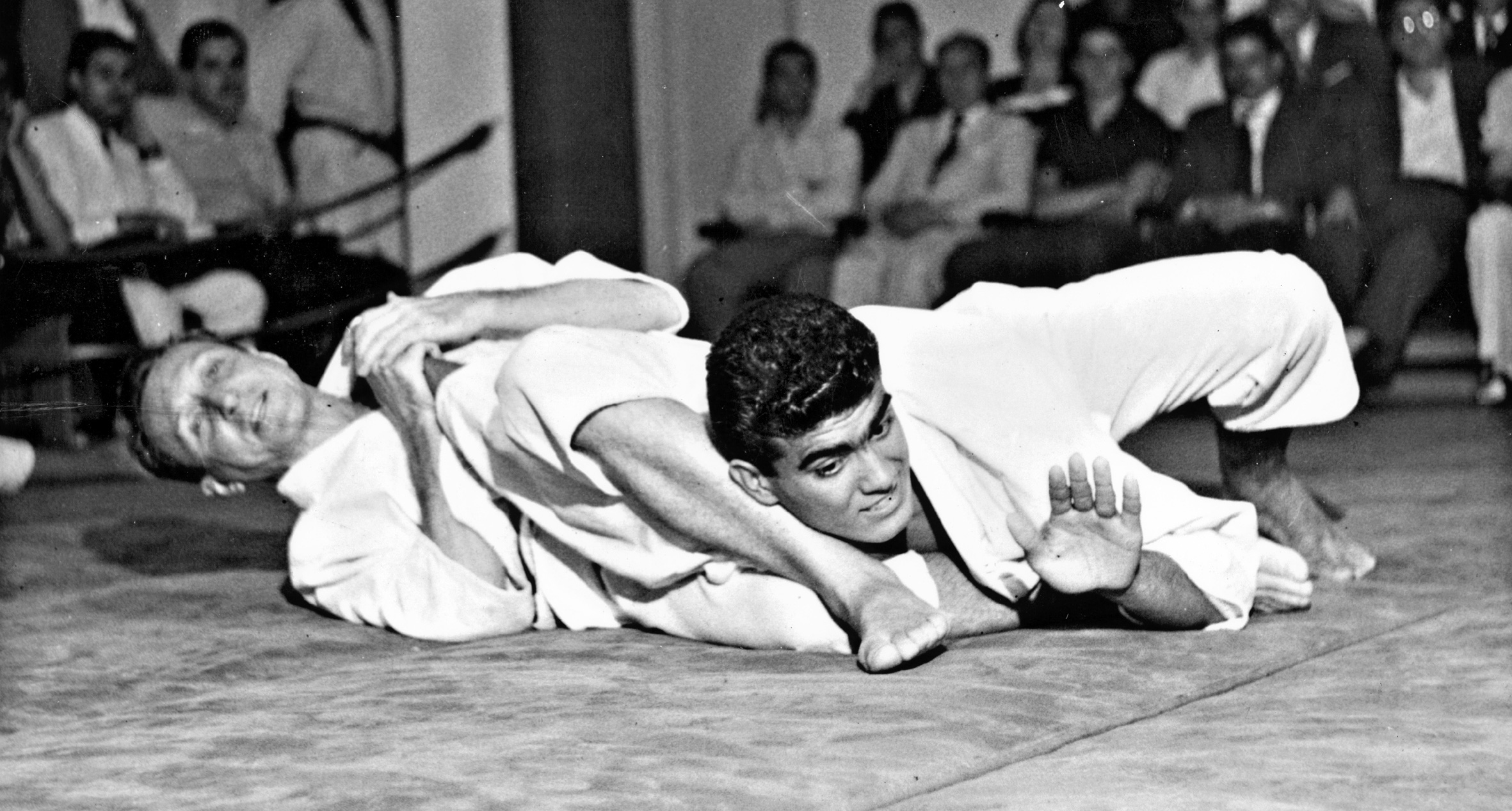Upcoming Events
No event available, please check back again, thank you.
Latest Articles
History of BJJ: The Story of How Jiu Jitsu Became Brazilian
20 November 2021
-
The Ancient Roots of Grappling
How did Brazilian Jiu Jitsu start? If we want to explore the history of BJJ, we first have to look at its predecessor: Japanese Jiu Jitsu. And before we explore Jiu Jitsu, we have to go even further back to the history of grappling. No one can say for sure how grappling came around. We can only go by assumptions based on historical narratives of different schools of martial arts. Or some incidental records and illustrations in ancient manuscripts.
It might not even have originated from a single location. Humans have the instinct of self-preservation, so it would only be rational to assume that they will develop different methods for that purpose.
At some point, humans must have found inspiration to take advantage of the body’s natural movements. The development of such methods may have taken various twists and turns. But since the common ground is the body’s natural mechanics, the endpoint is they all couldn’t have been too different from each other.
This probably explains why there are records of arts similar to Jiu Jitsu all over the world. But then again, this is all based on logical assumption, so we can’t say for sure.
There are many theories as to how people from different places discovered and developed grappling. Let’s not get off-track quite yet though. Let’s first focus on what matters to the history of BJJ.
-
Japanese Jiu Jitsu
The history of Jiu Jitsu dates back to the feudal era. Japan was saturated with constant civil war between the 8th and 16th centuries. This was when the warrior class, or what we know as the samurai, were widespread.
These warriors were adept at armed combat. However, as expected in war, people would get knocked off their horses and disarmed. Of course they weren’t just going to lie down and wait to die so they developed a system of combat that served as a last line of defence.
The samurai wore heavy armour that severely restricted their mobility, so striking took a lot of effort and did not deliver much force behind it. They found the next viable option and developed it. This resulted in a combat system that used throws, joint locks, and chokes to subdue opponents. This method had an assortment of names, including Hakuda, Yawara, and Kogusoko.
In 1532, the Hisamori Tenenuchi opened the first school in Japanese Jiu Jitsu. Unlike in the history of BJJ where instructors like to be transparent, there isn’t much to say about Japanese Jiu Jitsu during that time because teachers kept everything secret.
(Some say that they kept things secret so they could tweak the school’s story to suit their own needs.)
The feudal civil wars began to die down from the early 1600s. Still, with centuries’ worth of a bloody history behind Japan, people weren’t keen to be comfortable in peace just yet. Following the adage “living in peace, but remembering war,” people continued to learn unarmed forms of combat. (Just in case.)
And so, that’s how Jiu Jitsu continued to develop beyond the feudal era.
-
Judo
When the feudal era ended, there was no more need for Jiu Jitsu on the battlefield. It had to adapt to become more appropriate for use during peaceful times. Otherwise, it risked prohibition and potentially dying out.
To preserve the art, Cultural Department member and Jiu Jitsu practitioner Jigoro Kano developed his own version of Jiu Jitsu in the late 1800s. This evolved form of Jiu Jitsu was called Judo, and it allowed people to practise a practical and realistic martial art safely.
The emergence of Judo naturally had a lot of competition from the older form of Jiu Jitsu. That issue was quickly addressed by matching the two up against each other at the Tokyo Police Headquarters. Judo soon became the national martial art of Japan, used by law enforcement in the late 1800s. It continues to be popular even today.
The downside of Judo was that Kano believed groundwork wasn’t as crucial as the throw or the takedown. This meant that less attention and effort went into developing it.
Given the forceful nature of Judo, injury became commonplace. Rules were later used to promote a safer practice. As a result, Kano’s students incurred fewer injuries, so they were able to train more. This increased their training time and drastically increased their abilities.
Kano’s Jiu Jitsu, now called Kodokan Judo, has been diluted from the original form of Jiu Jitsu. However, it still had enough techniques to preserve its practical applicability somewhat.
(There is a theory that Japan used Judo to hide the effectiveness of Jiu Jitsu from the modern world. Many American soldiers came to Japan during World War II and left, bringing the knowledge of Judo with them.)
Now that we know how Jiu Jitsu became Judo, what has that got to do with the history of BJJ?
-
Brazilian Jiu Jitsu
The end of conflict meant a period of confusion for martial arts. More sport-based systems began to arise, and what used to be practical martial arts soon lost their use and gained the label of traditional. Traditional schools practised techniques no longer applicable to modern-day combat.
(What use are they when there is no war to be won? and even if there was, guns had replaced blades)
With no way to safely apply traditional techniques, martial arts practice became like swimming without water. Traditional Japanese martial arts soon gained the reputation of being unrealistic and received heavy criticism for it.
So, with all that’s said and done, when did Brazilian Jiu Jitsu start? How did Brazilian Jiu Jitsu start? We’ve only just scratched the surface.
Jiu Jitsu regained its glory as a practical martial art thanks to Mitsuyo Maeda. He was one of Jigoro Kano’s best students, although he specialized in a more ground-based system called newaza. (He brought Jiu Jitsu to the Gracies, who are the titans of BJJ.)
Maeda travelled to the US and around Brazil to dominate the local martial arts scene. He went up against different fighting systems and opponents much bigger than himself and inspired awe by coming out on top each time.
In 1917, a young Carlos Gracie would witness Maeda topple and subdue the area’s giants in Belém. Being friends with Gastão Gracie, father to Carlos, Maeda agreed to take the eager boy under his wing.
Carlos proved a faithful student, growing by leaps and bounds and even infusing his brothers with love for the art. Soon enough, he would pass on his knowledge to his siblings, including the youngest, Helio Gracie (though inadvertently). Together, the family established the Gracie Academy, the first-ever school in the history of BJJ.
-
Gracie Jiu Jitsu
Now, we’re getting to the most significant person in the history of BJJ. Helio Gracie was a frail boy. He was very small, and he had fainting spells that no one knew the cause of. As the doctor recommended, he would sit and listen by the sidelines as his brothers taught. In terms of Jiu Jitsu, no one expected much of him.
One day, a student came while Carlos was away. With the theoretical knowledge already memorized, Helio offered to start the class. Carlos would apologize for the delay when he came back, only to be met with praise for Helio and a request to have the following classes with him as well. Carlos agreed. And so, the small, frail boy officially became an instructor.
BJJ, as we know it today wouldn’t be without Helio. After becoming an instructor, he soon had some discoveries. The biggest one was that techniques he learned from Carlos were forceful and proved challenging for him to execute.
He was determined to make things work though. So he modified practically every single technique to work for little guys without much strength.
Helio emphasized the principle of leverage and technical accuracy over speed and power. Through endless rounds of trial and error, he created the Gracie style of Brazilian Jiu Jitsu.
Of course, it wasn’t that easy to create an entirely new style. He had to prove that it worked.
So he did. By openly challenging all the reputable martial artists in Brazil.
He fought 18 times, including matches against world champions and top-ranking Judoka. His adventures soon brought him against Japan’s best Jiu Jitsu fighter, Masahiko Kimura. Kimura was 80 pounds heavier than Helio. And Helio did lose that match, but Kimura was so impressed that he asked to bring Helio to Japan.
Despite all this action, BJJ would remain relatively unknown outside Brazil for a few more years.
-
BJJ in the Mainstream
Helio’s sons would take BJJ to greater heights on two fronts.
First, Rorion Gracie co-founded the Ultimate Fighting Championship, giving rise to MMA as we know it today. UFC 1 featured another of Helio’s sons, Royce. Throughout the years, more of his children and nephews further consolidated the effectiveness of the art. As a method of self-defence, BJJ had nothing more to prove.
Second, Carlos Jr. picked up where Helio left off, strengthening BJJ as a regulated sport and organizing championships. The International Brazilian Jiu Jitsu Federation (IBJJF) came to life in 1994, and it stands today as the most prominent BJJ organization. Currently, it spans more than 50 countries worldwide.
-
In Summary
BJJ has gone through an incredible journey, in summary:
Humans (probably) naturally discovered how to take advantage of the body’s mechanics for the sake of self-preservation. It became most useful during Japan’s Feudal Era though, as they used it in case they got disarmed during war.
Eventually, the war times ended, and Jiu Jitsu lost its practicality. It evolved into Judo, becoming more sportive in nature to be more accessible to everyday people. At the same time, Japanese law enforcement practiced it to… well, enforce law.
Later, a skilled Judo player (to put it lightly) named Mitsuyo Maeda travelled to the US and Brazil to further his martial arts experience. He met the son of one of his business associates and agreed to take the son under his wing. The son in question was Carlos Gracie, who would pass the knowledge on to his siblings.
The real superstar of the show though, was Helio. Nobody expected much from him. However, he was the one to modify the art to become the Brazilian Jiu Jitsu widely practiced today.
Helio’s kids then created the UFC and IBJJF, the world’s most prominent names in martial arts today.
So… did the Gracies invent BJJ? The answer to that is: yes. They took it from Brazil and spread it out to the rest of the world. We could even go as far to say that they were instrumental in MMA as well.










